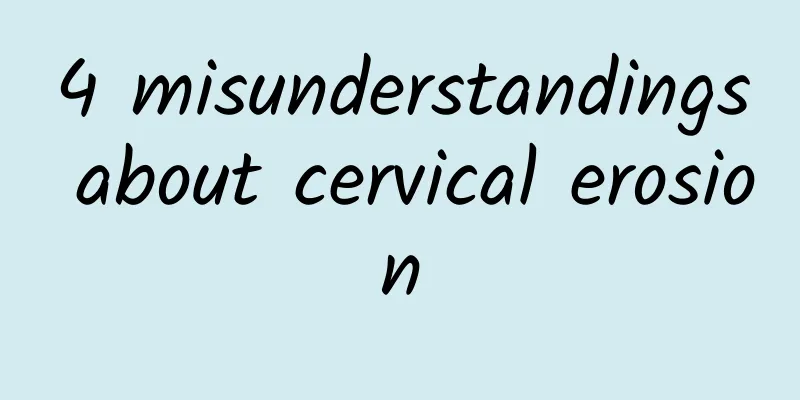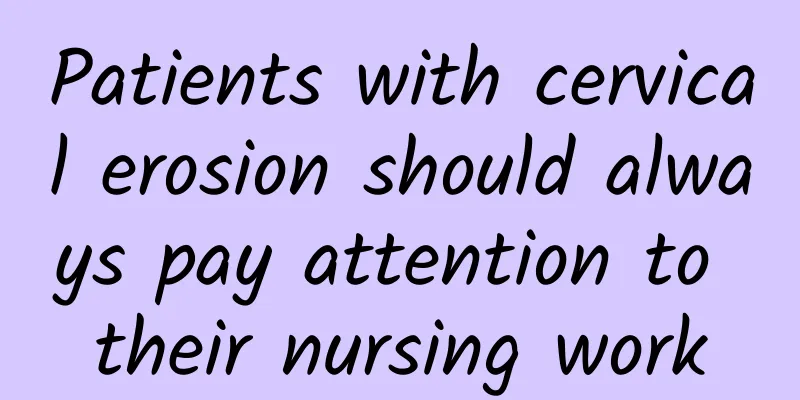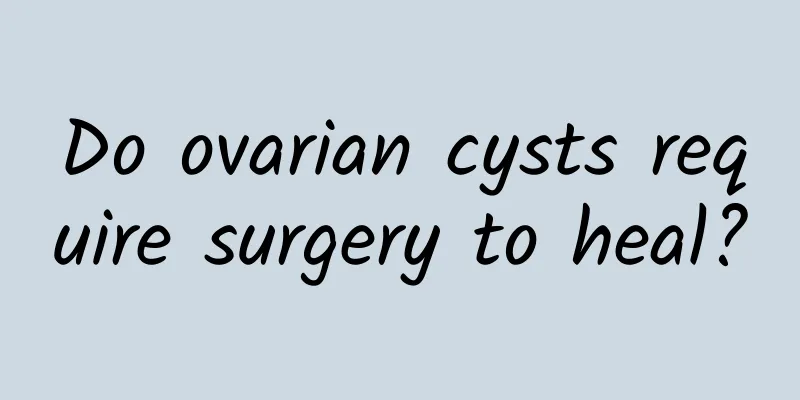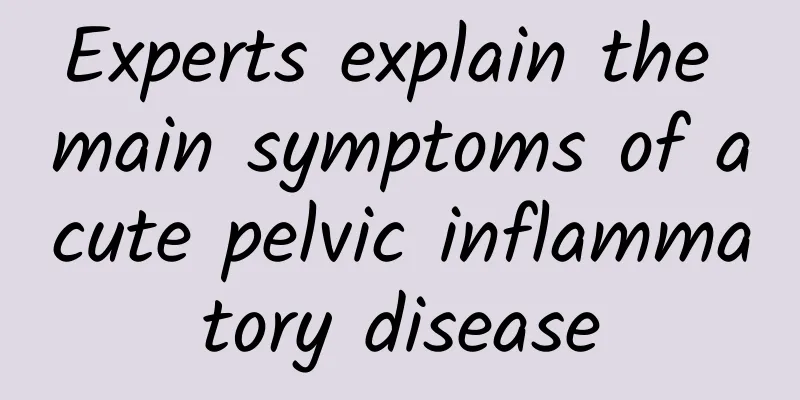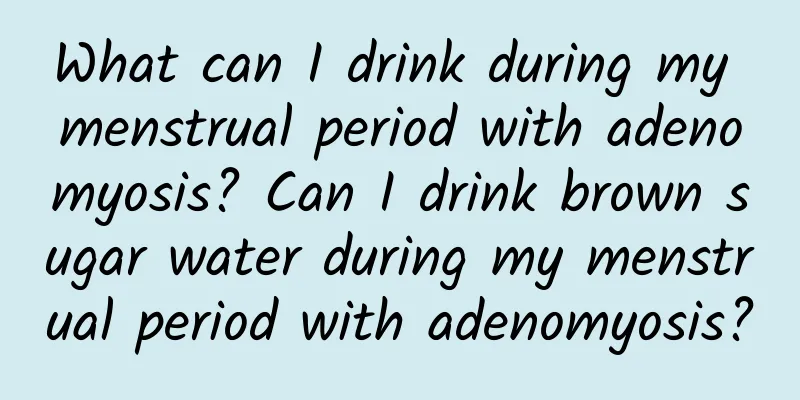What should I do if I have uterine fibroids? What causes uterine fibroids?
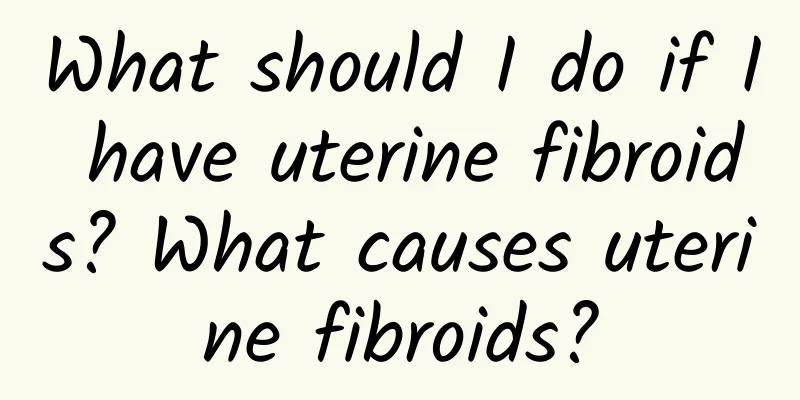
|
Uterine leiomyoma, also known as uterine fibroids, is a benign tumor. Because it grows on the female genitals, it is very harmful to women's health. Let's take a look at the four common treatments for uterine fibroids, hoping to help female friends. Drug treatment: Uterine fibroids are a type of sex hormone-dependent tumor. Hormone drug treatment has been going on for more than half a century. It has tried various drugs, but drugs for the treatment of fibroids are still being explored. Minimally invasive treatment: Minimally invasive surgical treatment is mainly laparoscopic treatment, which makes up for the shortcomings of traditional treatment and surgical treatment, and can enable patients to recover their health as soon as possible. The risk of surgical treatment is relatively reduced. Because it is a minimally invasive surgery, the wound is very small, which can satisfy women's cosmetic psychology. Expectant therapy: Expectant therapy is regular observation, and no special treatment is required. It is mainly suitable for uterine fibroids with a size of less than 5 cm, asymptomatic or mild symptoms, and for women near menopause, it is expected that the fibroids will shrink naturally after menopause. Check every 3 to 6 months, and pay attention to whether there are symptoms and whether the uterine fibroids are enlarged during the follow-up. A gynecological examination should be performed at each follow-up, supplemented by B-ultrasound examination. If there are symptoms of menorrhagia or the fibroids grow particularly fast during the follow-up, appropriate treatment should be taken in time. Under the supervision of regular follow-up, it is appropriate to carry out prospective treatment for asymptomatic uterine fibroids. It should also be noted that a small number of patients with uterine fibroids that do not shrink but grow after menopause should strengthen follow-up. Non-invasive treatment (ultrasound ablation therapy): Ultrasound ablation therapy is currently the safest and most effective method for treating uterine fibroids. It is a new non-invasive (no surgery, no puncture) local physical treatment method that uses high-intensity ultrasound to focus on uterine fibroids in the body, relying on high temperature and cavitation effect mechanisms to cause uterine fibroid tissue to coagulate and necrotize, thereby achieving the purpose of local inactivation of uterine fibroids and preventing further growth of uterine fibroids. Necrotic tissue can be gradually absorbed or fibrosed, reducing the atrophy of uterine fibroids, thereby reducing or alleviating the corresponding symptoms caused by uterine fibroids. |
Recommend
Chest pain, abdominal pain, and no menstruation
Chest pain, abdominal pain, and no menstruation C...
Can I eat millet porridge if I have cervical hypertrophy?
Patients with cervical hypertrophy can eat millet...
Does pelvic inflammatory disease affect pregnancy?
Pelvic inflammatory disease refers to a group of ...
Good eating habits help recovery after abortion
Abortion is a very common operation, but women st...
Create a devilish body! 5 steps to breast massage
Our bodies are very mysterious and also very diso...
What should I do if I feel greedy or hungry at night? Eat this midnight snack without getting fat! 6 foods to satisfy hunger
After dinner, do you still feel hungry after a wh...
What are the clinical symptoms of uterine fibroids?
The incidence of uterine fibroids is extremely hi...
How much does it cost to treat cervical erosion? Professional doctors tell you the cost of treating cervical erosion
Due to physiological influences, female friends a...
What kind of compress can be used for Bartholinitis?
What kind of ointment can be used for Bartholinit...
Experts tell you about the different classifications and stages of vulvar leukoplakia!
Patients with hyperplastic and atrophic vulvar le...
How to completely cure hyperprolactinemia
Treatment for high prolactin. Prolactin is a poly...
How to recuperate after abortion?
After an abortion, the body is weaker and the imm...
Traditional Chinese medicine has a magic formula for summer weight loss ~ 2 teas to strengthen the spleen and eliminate fat + 2 acupoints
For obese people, the scorching heat can easily c...
Analyze the factors of irregular menstruation for you
Among the gynecological diseases of women, irregu...
When will menstruation come after abortion? How many days after abortion will menstruation come normally?
When will menstruation come after an abortion is ...

